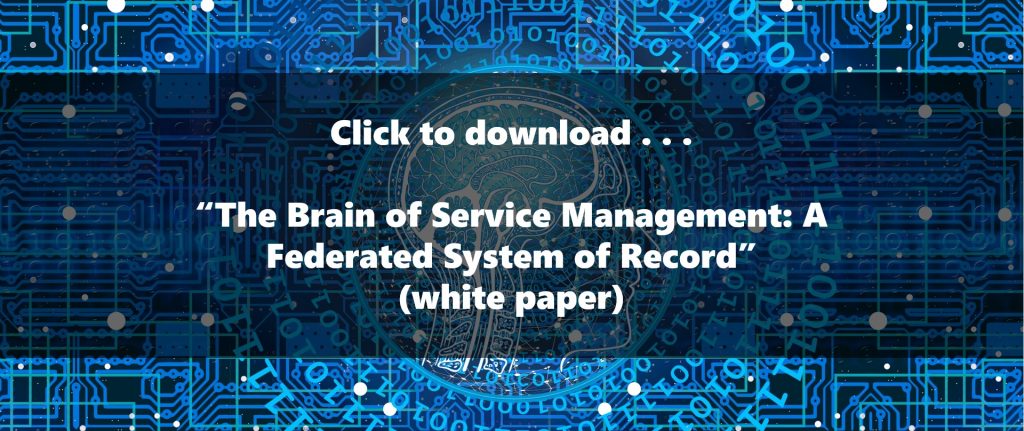Connecting Systems of Record to Enhance Customer Experience
If you’ve taken a vacation to Disney World, you’ve likely enjoyed the simplicity, convenience, and personalization that comes with wearing the MagicBand on your wrist.
There was no need to check in to your resort. At your reserved room, you swiped the wristband that had been mailed to you, and you were in.
You kept your wallet in your room or car because you paid for everything with the band. (I think you were the one wearing the shirt, “Most Expensive Day Ever.”) After you ordered your food on your app a half mile from the restaurant, you walked in and chose your table, briefly resting your tired legs. Magically, your food found you just moments later.
While you and your wristband were taking the high-speed turns on Space Mountain, a camera snapped a picture of your joyfully terrified face, sending the image to your My Disney Experience app the same day.
Disney World’s competitor, Universal Orlando, introduced its own wristband—TapuTapu—for its Volcano Bay waterpark. The band enables cashless purchases, alerts visitors when a ride is available, activates effects such as water cannons, and opens lockers.
Aiming for a Personalized Customer Experience
How does the technology behind Disney World’s and Universal Orlando’s wristbands make the experiences so convenient?
For these arrangements to work, such entertainment companies need technology that seamlessly connects multiple systems. Data is delivered instantly, enabling awareness of customer needs.
Imagine the amount of data, created by vacationing customers, that gives Disney World and Universal Orlando a wealth of insight into customer behavior, further enabling better customer service.
The Difficulty of Achieving a Complete Customer View
But getting that insight into the customer is notoriously hard. Only 34 percent of executives have achieved a single view of the customer as a result of aggregated customer data. Siloed data and siloed applications continue to impede business objectives.
Without a method for harmonizing data across multiple systems of record, many companies continue to experience inefficiency, errors, and many other problems. As a result, they fail to attain their potential for delivering customer experience.
The Answer: A Federated System of Record
The solution to the problem of siloed systems and poor data quality is a federated system of record—a distributed central nervous system for your data that taps all other systems.
When you connect systems of record in your own business, an update in one system about a customer or any data entity also takes place in (“federates to”) any other system of record that stores such data.
The result is that a business achieves consistent, accurate data that can be updated wherever it is convenient and appropriate to do so. When data quality and availability are high, a business reaps the benefits of automation, enhanced visibility, better control over records, and many other advantages.
Learn more about these benefits, along with stories of how organizations achieve a federated system of record, in our white paper The Brain of Service Management.




